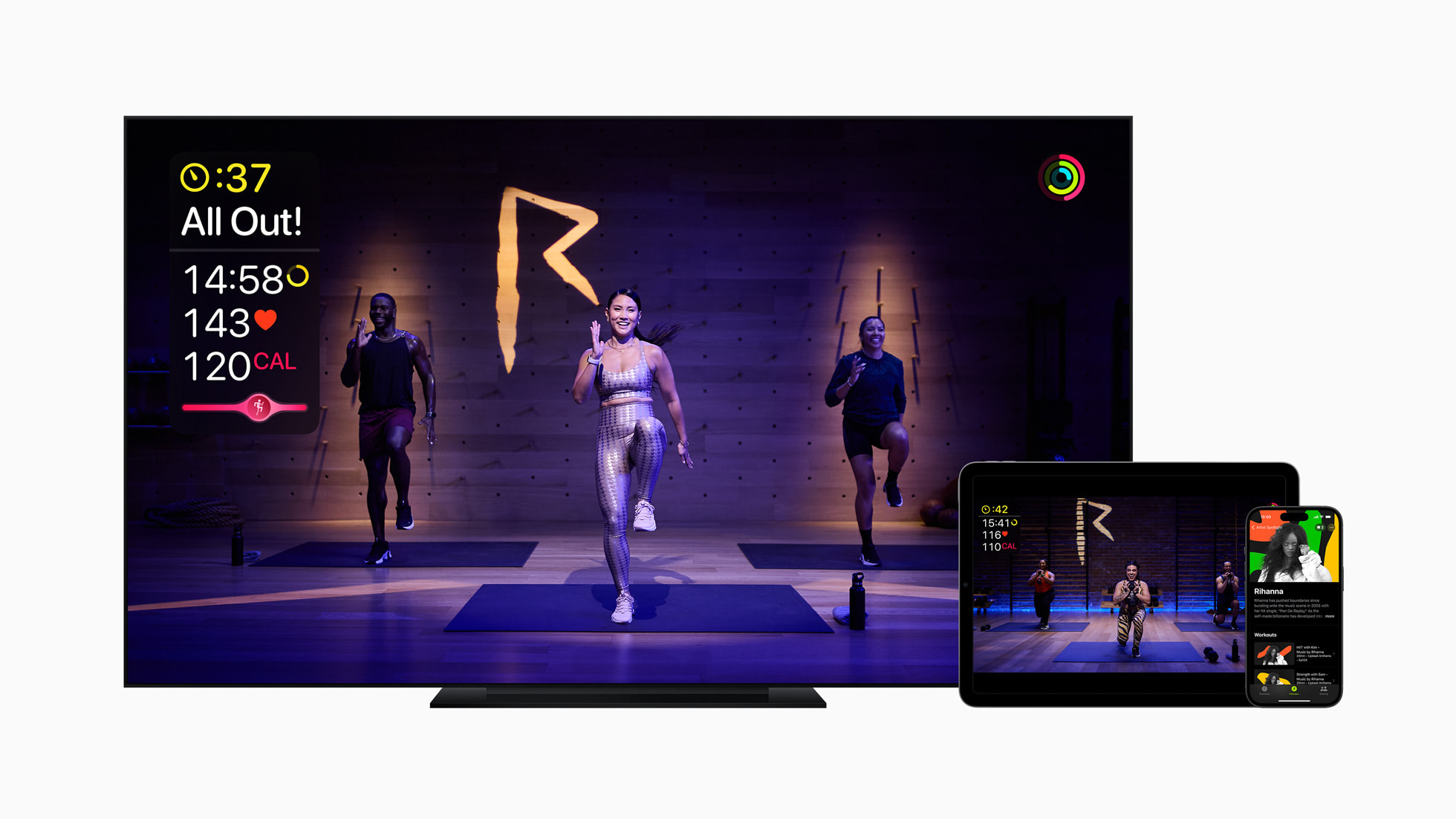Get the latest tech news
Nanoporous graphene-based thin-film microelectrodes for in vivo high-resolution neural recording and stimulation - Nature Nanotechnology
Bidirectional neural interface electronic devices offer therapeutic options. Here, the authors present wafer-scale fabrication of flexible nanoporous graphene-based implantable microelectrode arrays with low impedance and high charge injection for in vivo brain recording and nerve stimulation.
Chronic biocompatibility was studied with flexible epicortical devices implanted on adult rats for up to 12 weeks before histological and immunohistochemical evaluation of microglia phenotype morphology or extraction of cortical brain tissue for cytokine expression (by enzyme-linked immunosorbent assay (ELISA)). c – e, ELISA-based quantification of anti-inflammatory and proinflammatory cytokine levels (IL-1b ( c), IL-18 ( d), IL-33 ( e)) normalized to total protein content (mg ml −1) of the tissue samples in direct contact with the EGNITE microelectrodes for 2, 6 and 12 weeks following their epicortical implantation. Microelectrode charge injection capacity (CIC) was established by determining the current pulse amplitude that elicited a voltage difference (after removing the ohmic drop) that matched the electrode electrochemical water window (−0.9 V for cathodic and +0.8 V for anodic versus Ag/AgCl) (Supplementary Fig.
Or read this on r/technology

